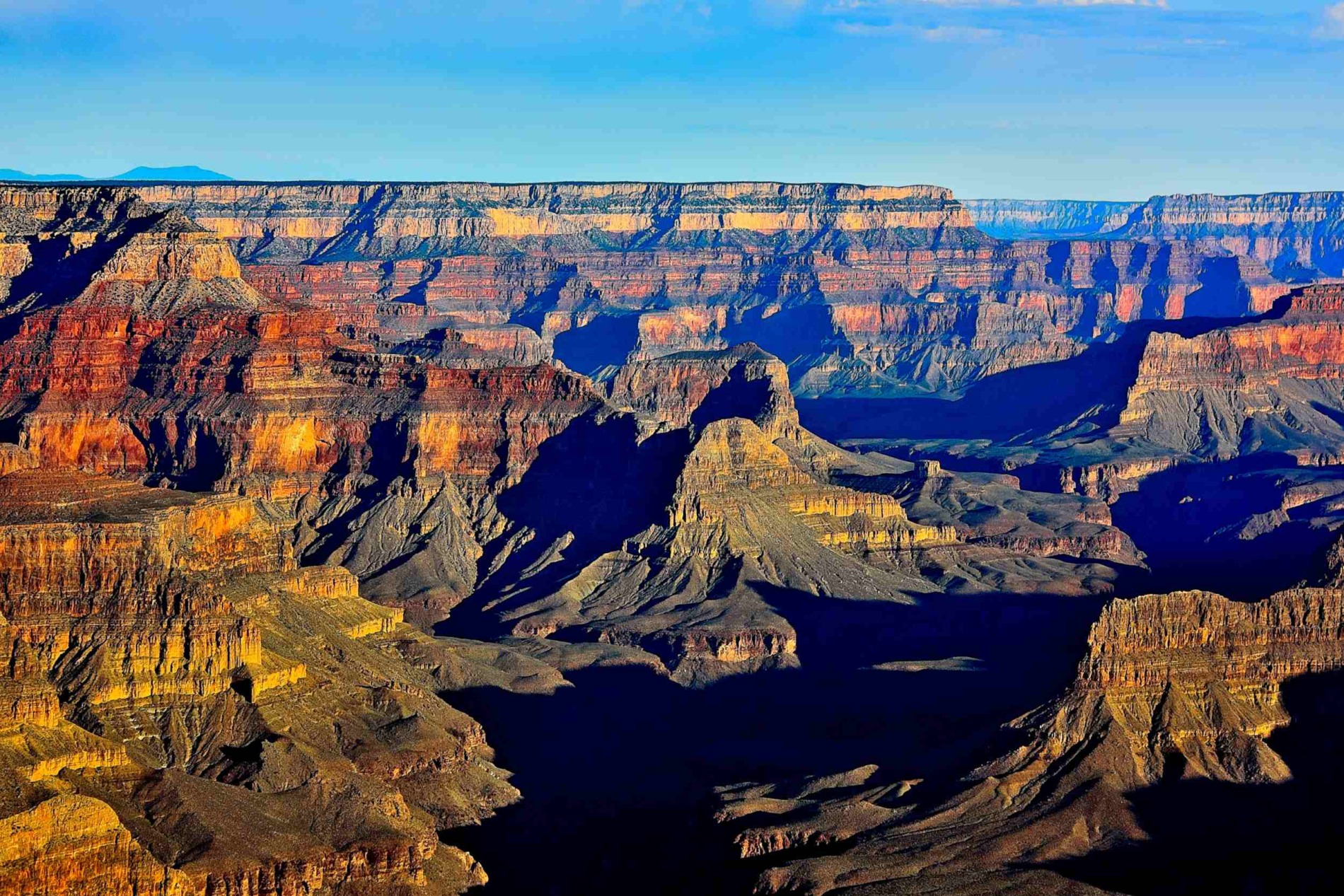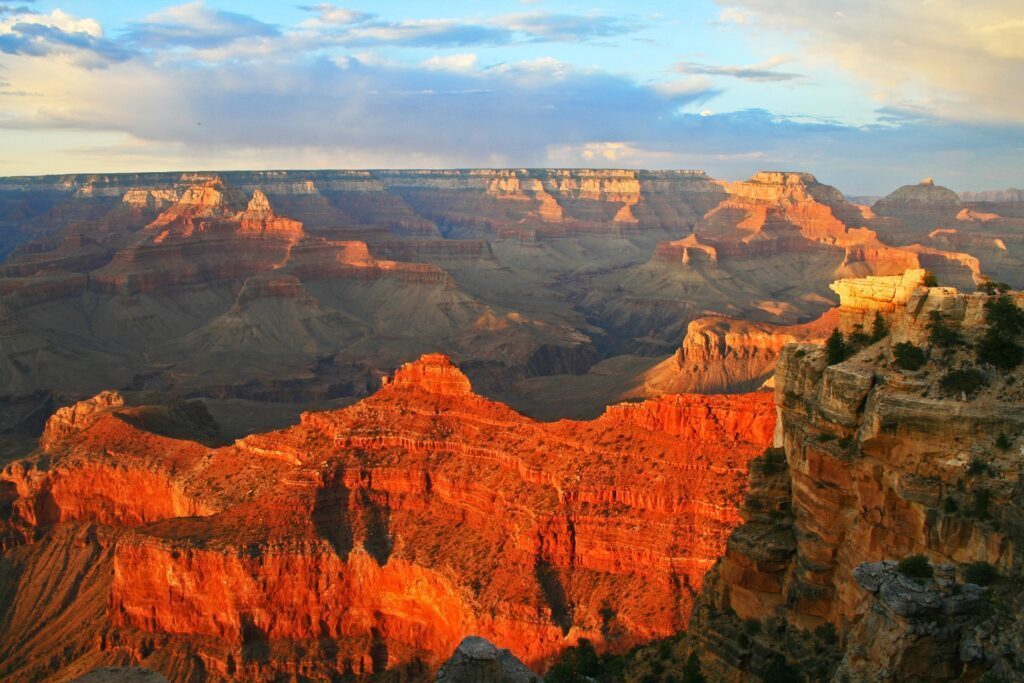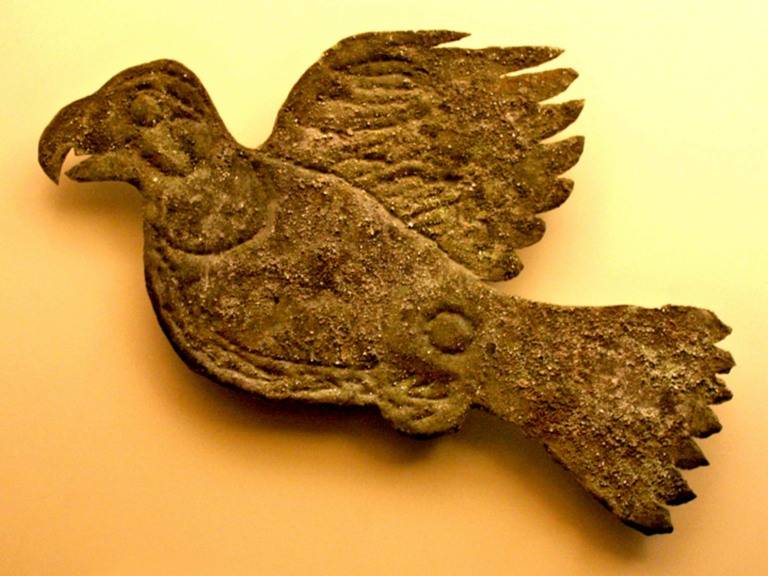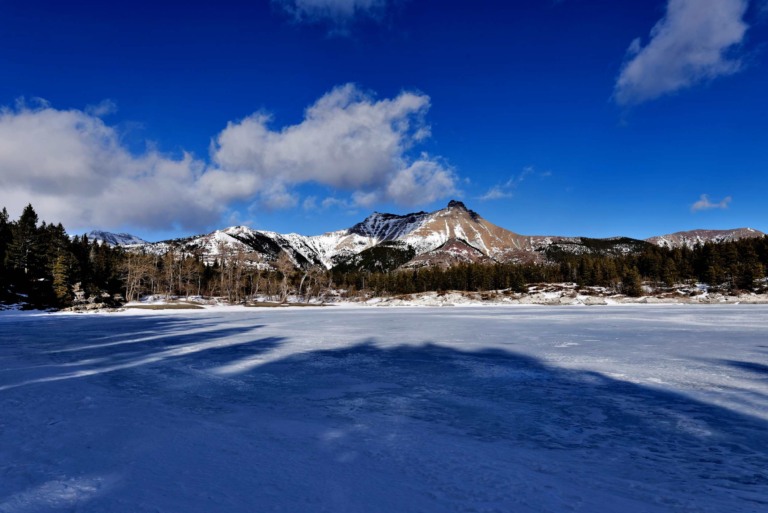Grand Canyon National Park, located in Arizona, is one of the most iconic and breathtaking natural wonders in the United States. The park is not only a geological marvel but also a place of immense beauty and natural diversity.
Whether you’re admiring the vistas from the rim, exploring the depths of the canyon, or engaging in outdoor adventures, the Grand Canyon offers an unforgettable experience for all who visit. Here is an overview of Grand Canyon National Park:
Facts about Grand Canyon National Park
1. Geological Marvel: The Grand Canyon is a 1.5-kilometer deep gorge carved, stretches 445 km (276.5 miles) in length, and ranges in width from 500 m to 30 km (0.3 mile to 18.6 miles). The park is renowned for the Grand Canyon, an immense and awe-inspiring chasm that ranks among the world’s most iconic geological wonders.
Over millions of years, the Colorado River has carved the canyon, revealing more than 2 billion years of Earth’s geological history in its exposed rock layers and formations that tell the story of the planet’s evolution.
2. Location and Size: Grand Canyon National Park is located in northwestern Arizona and spans over 1.2 million acres (4,860 square kilometers).
3. Biodiversity: The Grand Canyon is home to five of North America’s seven life zones, allowing for diverse plant species to coexist and adapt to varying environments.
4. UNESCO World Heritage Site: In 1979, Grand Canyon National Park was designated as a UNESCO World Heritage Site for its exceptional natural beauty and geological significance. This designation recognizes the park as a place of global importance, preserving a remarkable example of Earth’s geological history.
5. Diverse Landscapes: Within the park, diverse landscapes include high cliffs, fields, deserts, forests, cinder cones, magma streams, rivers, waterfalls, and a pristine whitewater river. It showcases how different landscapes evolved at various elevations as the Colorado River carved deeper into the canyon.
6. Unique Ecosystems: The park encompasses diverse ecosystems, ranging from the Colorado River’s depths to the high-elevation forests found on the North Rim.
7. South Rim and North Rim: The park offers two primary rims for visitors to explore. The South Rim is the most popular and accessible area, featuring numerous viewpoints, visitor centers, and accommodations. The North Rim, higher in elevation and less crowded, provides a more tranquil experience with stunning panoramic views of the canyon.
Grand Canyon Facts and History
8. Cultural History: The canyon has a rich history of Native American occupation and exploration by European settlers. Numerous archaeological sites and historic structures can be found within the park.
9. Cultural Heritage: Various indigenous clans, including the Havasupai, Hualapai, Hopi, Navajo, Southern Paiute, and Zuni, have historic ties to the Grand Canyon. Collaborative efforts between park leadership and these clans address numerous issues, including resource management and cultural preservation.
10. Paleontology and Fossils: The canyon features Precambrian and Paleozoic fossils found on its walls, making it a valuable site for paleontological research. Pleistocene fossils, including animal bones, are discovered in caves within the park.
11. Environmental Conservation: Efforts are in place to preserve the park’s biological systems, protect threatened and rare species, and maintain riparian networks.
12. Glen Canyon Dam Impact: The construction of Glen Canyon Dam upstream in 1963 altered the Colorado River and surrounding riparian zones, necessitating ongoing efforts to restore and preserve the environment.
13. Uranium Mining Control: Uranium mining outside the park’s borders is regulated by a 2011 secretarial decision, limiting new mining and changes to legal rights.
14. Non-Native Species Management: Managing non-native species, such as plants, fish, and large mammals, poses challenges for the park’s ecosystem.
15. Climate Change Impact: Models predict that the Grand Canyon will experience hotter and drier conditions in the future, leading to prolonged dry seasons, reduced water supply, and an increased risk of wildfires.
16. Hiking Trails: Grand Canyon National Park offers a variety of hiking trails, from easy rim walks to challenging backcountry routes. Notable trails include the Bright Angel Trail, the South Kaibab Trail, and the North Kaibab Trail.
17. Mule Rides: Visitors can embark on guided mule rides along the canyon trails, providing a memorable and traditional way to explore the terrain.
18. Colorado River Rafting: Rafting trips along the Colorado River offer an adventurous journey through the heart of the canyon, allowing visitors to experience its grandeur from below.
19. Scenic Drives: The park features several scenic drives, such as Desert View Drive along the South Rim and the North Rim Scenic Drive, offering breathtaking vistas at various viewpoints.
20. Camping: Grand Canyon National Park provides campgrounds for both tent and RV camping. Reservations are highly recommended, especially during peak seasons.
21. Dark Sky Park: The park holds the distinction of being a Dark Sky Park, making it an excellent destination for stargazing and astronomy programs.
22. Grand Canyon Village: Grand Canyon Village, located on the South Rim, serves as a central hub for services, dining options, and lodging facilities.
23. Ranger Programs: Throughout the year, ranger-led programs and talks are available, offering valuable insights into the park’s natural and cultural history.
24. Visitor Centers: Grand Canyon National Park has multiple visitor centers, including the Grand Canyon Visitor Center, Yavapai Geology Museum, and Desert View Visitor Center. These centers provide information, exhibits, and educational resources about the canyon’s natural and cultural history.
25. Permits and Regulations: Some activities, including backcountry camping and river rafting, require permits and adherence to specific regulations. Visitors are advised to plan accordingly and obtain the necessary permits.
The Grand Canyon remains an unparalleled geological and ecological wonder, offering insights into Earth’s history while presenting ongoing conservation challenges and opportunities for cooperation with indigenous communities.









